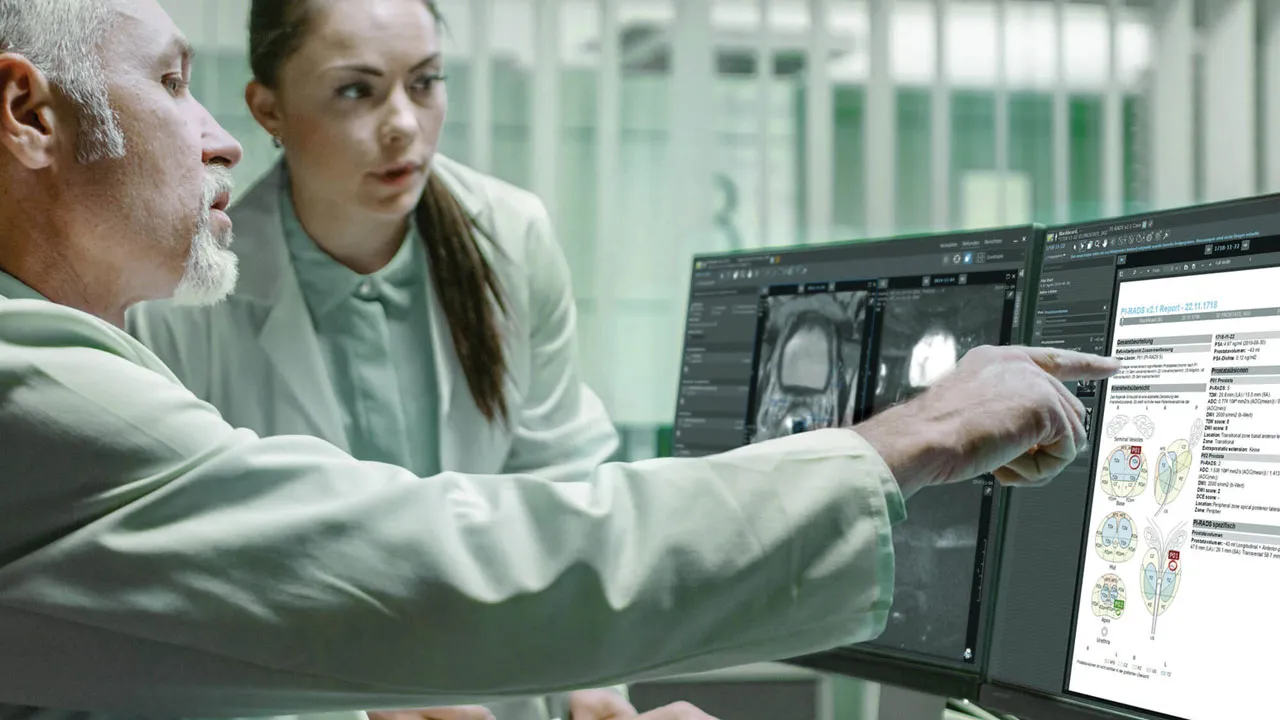’Tis the season for winter-sports injuries
Front Range is hotbed for cold-weather sports medicine

With ski resorts opening in Colorado, ’tis the season for ACL and MCL injuries, shoulder and collarbone separations and broken thumbs. Fa-la-la-la-la, la-la-la-ouch!
For the orthopedic and sports medicine specialists in Northern Colorado and the Boulder Valley, instead of sugar plums, it’s visions of X-rays and advanced imagery scans dancing in their heads. Fortunately for those who are prone to injury on the slopes, the options for local orthopedic care have greatly expanded in recent years.
“Skiing injuries have to do with what you’re strapped to: a couple of sticks that can go in different directions,” said Dr. Billy Baumgartner, an orthopedic…
THIS ARTICLE IS FOR SUBSCRIBERS ONLY
Continue reading for less than $3 per week!
Get a month of award-winning local business news, trends and insights
Access award-winning content today!




